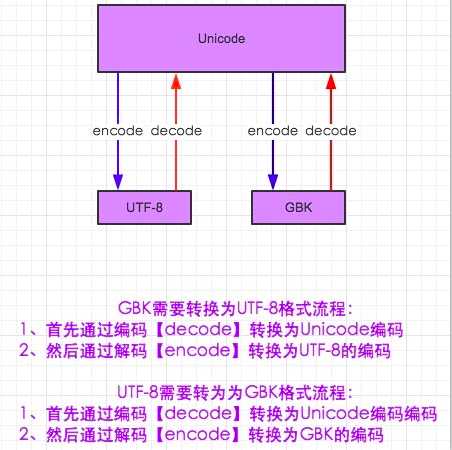python--运算符,字符编码,,运算符a += 20
python--运算符,字符编码,,运算符a += 20
运算符
a += 20 # a = a+20
逻辑运算:
and 并且的意思. 左右两端的值必须都是真. 运算结果才是真or 或者的意思. 左右两端有一个是真的. 结果就是真. 全部是假. 结果才能是假not 非的意思. 原来是假. 现在是真. 非真即假, 非假既真先算括号,然后算not, 然后算and ,最后算orprint(3 > 4 or 4 < 3 and 1 == 1) # Falseprint(1 < 2 and 3 < 4 or 1 > 2) # Trueprint(2 > 1 and 3 < 4 or 4 > 5 and 2 < 1) # Trueprint(1 > 2 and 3 < 4 or 4 > 5 and 2 > 1 or 9 < 8) # Falseprint(1 > 1 and 3 < 4 or 4 > 5 and 2 > 1 and 9 > 8 or 7 < 6) # Falseprint(not 2 > 1 and 3 < 4 or 4 > 5 and 2 > 1 and 9 > 8 or 7 < 6) # False
x or y 如果x==0 那么就是y, 否则是x
x and y, x为真,值是y,x为假,值是x
false相当于0
print(1 or 2) # 1print(2 or 3) # 2print(0 or 3) # 3print(0 or 4) # 4print(0 or 1 or 3 or 0 or 5) # 1print(1 and 2) # 2print(2 and 0) # 0print(0 and 3) # 0print(0 and 4) # 0print(0 or 4 and 3 or 7 or 9 and 6) # 3print(2 > 3 and 3) # False false相当于0print(2 < 1 and 4 > 6 or 3 and 4 > 5 or 6) # 6
字符编码
a = "你好"a_new = a.decode("utf-8").encode("gbk") # 第一个里填原来字符串的编码格式(原来的为utf-8),第二个填要转为的格式
decode 解码 encode 编码
abc = ‘西安‘print(abc.encode(‘utf-8‘))print(‘邹邹‘.encode(‘utf-8‘)) # 转换为二进制print(b‘\xe4\xbd\xa0\xe5\xa5\xbd‘.decode(‘utf-8‘)) # 转换为字符串
结果:
b‘\xe8\xa5\xbf\xe5\xae\x89‘b‘\xe9\x82\xb9\xe9\x82\xb9‘你好
如果将字符串赋给了abc,则输出时不用引号,没赋值时需要引号。Utf-8必须有引号。二进制转换为字符串不要引号。
python--运算符,字符编码
相关内容
- 如何使用Python进行单元测试,
- python的与或非运算,,真的很重要,栽了个跟
- python的encode()和decode()函数,,decode()函数
- 生成CDR的相关报告(by python3),,#!/usr/bin
- python 中初始化二维数组的方法,,最好的方法是:初始
- Python int() 函数,,描述int() 函数
- python属性,,<1>属性包装:将方
- Python __str__函数,,class Cat:
- Python ord() 函数,,描述ord() 函数
- Windows7 64bit 安装python3.3 & cx_Freeze-4.3.2,,Python 3.
评论关闭